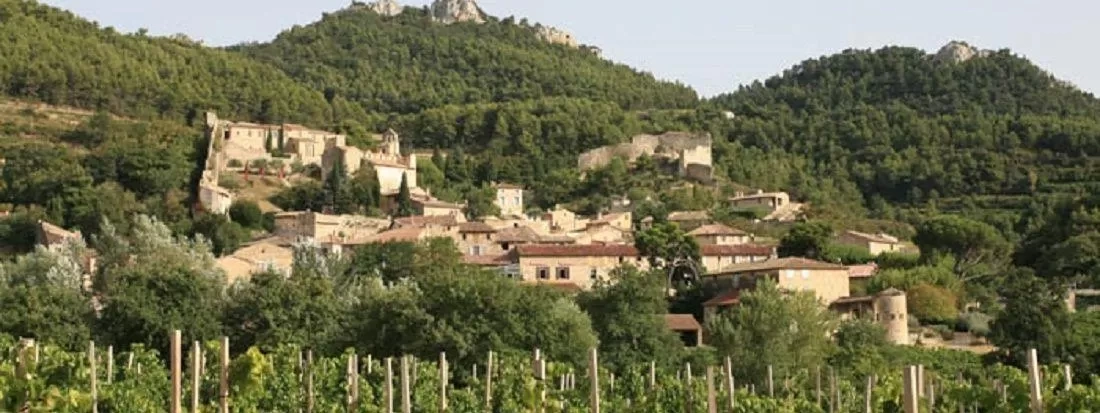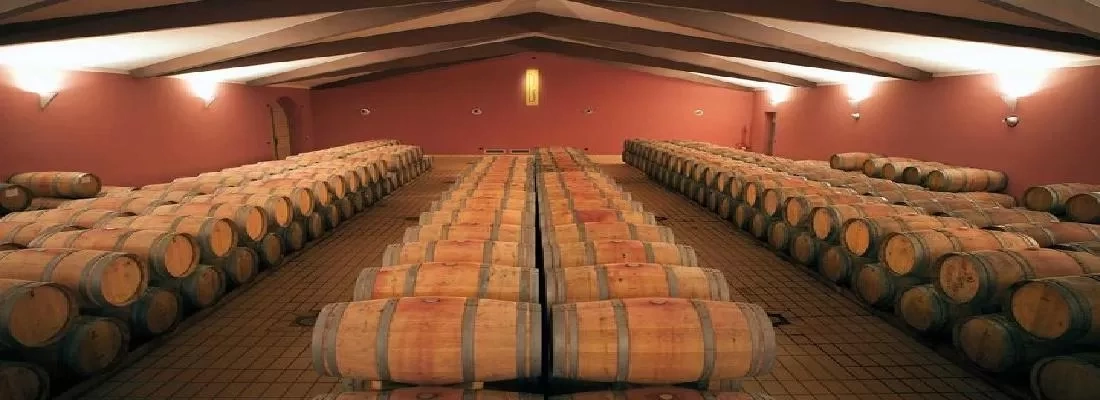CANTINA TERLAN
Cantina Terlan Mitten im Weinbaugebiet Terlan wurde im Jahr 1893 eine der ersten Kellereigenossenschaften Südtirols gegründet. Damals setzten sich 24 Weinbauern das Ziel der gemeinsamen Produktion und Absatzförderung. Heute gehört die Kellerei Terlan mit ca. 120 Mitgliedern, einer Anbaufläche von 150 ha und einer Gesamtjahresproduktion von 18.000 hl bzw. 1,4 Mio. Flaschen zu den kleineren Betrieben des Landes. Die überschaubare Größe trägt wesentlich zur Qualitätssicherung bei. Unter der sachkundigen Kontrolle des Önologen Rudi Kofler reifen im modernen Kellereibetrieb 70% Weiß- und 30% Rotweine, die allesamt die D.O.C.-Klassifizierung haben. Terlaner Weine haben die Besonderheiten von Klima und Boden in sich gespeichert. Bei ihrem sorgsamen Ausbau wird größter Wert auf die Erhaltung und Betonung des Gebietstyps gelegt. Das Ergebnis sind unverwechselbare, sehr eigenwillige Weine, die sich durch Frucht und Rasse, aber auch durch bestechende Dichte und Langlebigkeit auszeichnen. Die Weine aus der „Weingüter-Linie“ stammen von ausgesuchten Weinberglagen Terlans. Das vollreife, selektionierte Lesegut wird getrennt nach seiner Herkunft ein Jahr lang im großen Holzfass ausgebaut. Erst nach optimaler Flaschenreife kommen diese eigenständigen, besonders charaktervollen Weine in den Verkauf.






